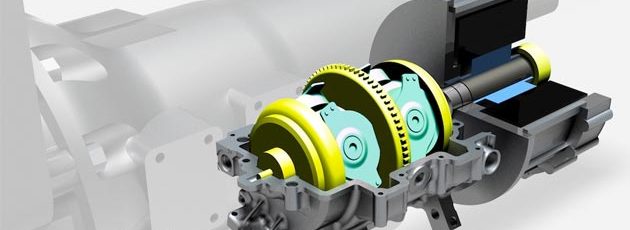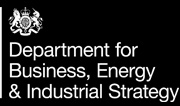
Torotrak Acquires 20% of Flybrid Automotive Ltd
Leyland-based Torotrak acquires 20% of Flybrid Automotive Ltd, formalising successful partnership to deliver first-to-market flywheel hybrids
Torotrak has acquired a 20% stake in flywheel hybrid innovator Flybrid Automotive Ltd (formerly Flybrid Systems LLP) with an option to acquire the remaining shares before the end of the calendar year. The transaction strengthens Torotrak’s ability to provide turnkey development and manufacture of complete flywheel hybrid systems for buses, trucks, passenger cars, commercial and off-highway vehicles. The company expects the deal will accelerate the adoption of its technology, which it says will be in fleet trials with bus operators later this year through an agreement with bus constructor Wrightbus.
Flybrid Automotive, a UK company owned by its founders Jon Hilton and Doug Cross, already has a successful long-term relationship with Torotrak, which uses Flybrid’s proven flywheel module in its Mechanical Kinetic Energy Recovery System (M-KERS). Widely considered to be the world-leader in flywheel hybrid technologies, which can recover up to 70% of braking energy for around a third the cost of battery electric hybrids, Flybrid has evaluation or development programmes with a wide range of vehicle manufacturers worldwide.
“As well as allowing us to accelerate the development of our M-KERS technology family, this acquisition will secure our access to what we believe is the most market-ready flywheel system available,” says Torotrak CEO, Jeremy Deering. “We now have the complete skill set, development resources and low-volume manufacturing expertise needed to help vehicle manufacturers, across a wide range of applications, introduce a technology that will allow them to significantly reduce CO2 emissions for a fraction of the cost and weight of conventional electric hybrids.”
Flybrid’s carbon fibre flywheel spins at up to 60,000 rpm in a near-perfect vacuum. Drive can be provided by the company’s CFT clutch-based transmission system or by Torotrak’s CVT (continuously variable transmission). Already proven in motorsport applications such as LMP1 sportscar racing, CFT KERS can provide up to 100 kW and 540 kJ of storage in a system that has a full wet weight, including the electro-hydraulic control system, of less than 40kg. “CFT KERS scales down very well so could open-up a new market for small, low-cost automotive hybrids,” says Hilton. “It’s a good fit with Torotrak’s CVT, which is ideal for higher power systems and is already central to several of our customer programmes.”
Flybrid’s impressive portfolio of development programmes includes Volvo Cars (which uses Torotrak’s CVT), Wrightbus, two manufacturers of off-highway vehicles and several motorsport constructors. Evaluation programmes are ongoing with several other vehicle manufacturers across a wide range of sectors including passenger cars. Flybrid says that if these relationships continue to progress as planned, their technology could be specified for a production vehicle by 2016. Torotrak’s investment will provide additional resources to help secure this timing.
Deering sees these relationships as also offering considerable potential to extend the reach of Torotrak’s other technologies, particularly the company’s high-efficiency transmissions and low-cost, variable drive pressure charging system. “Working more closely together allows a unified approach to customers and a strengthened ability to support them from development engineering through to supply of product,” he commented.
Flybrid’s John Hilton also sees synergies in technology and manufacturing. “Both technologies use high speed rotating assemblies of precision machined components and the electronic and hydraulic control systems are so similar that a single control unit can be used to control either product,” he says. “These shared aspects will help the combined companies develop more quickly and at a lower cost than either party could on its own.”





